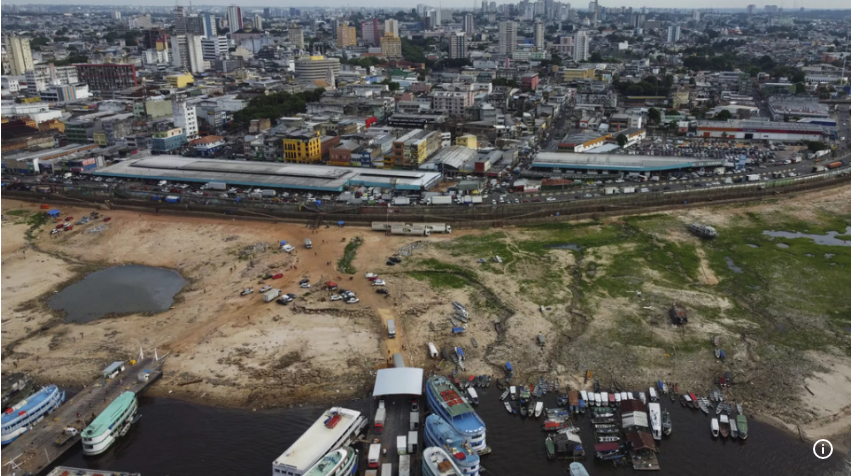Latest
Europe to Witness Rare Cosmic Event: Supermoon, Partial Lunar Eclipse, and Harvest Moon

The night sky over Europe is set to dazzle on Wednesday morning with a rare cosmic spectacle. A partial lunar eclipse will coincide with a supermoon and the annual Harvest Moon, offering skywatchers a unique opportunity to witness three celestial events at once.
A lunar eclipse occurs when Earth passes directly between the Sun and the Moon, casting a shadow over the lunar surface. In this case, the eclipse will be partial, meaning only a portion of the Moon will fall under Earth’s shadow. According to NASA, the shadow will “grow and then recede without ever entirely covering the Moon.”
Adding to the allure, this eclipse will happen during a supermoon, when the Moon reaches its closest point to Earth in its orbit. This proximity makes the Moon appear larger and brighter than usual. The full Moon on Wednesday is also a Harvest Moon, the traditional name for the full Moon closest to the autumn equinox, which occurred on September 22 this year. Historically, this bright Moon helped farmers during the harvest, earning it the name.
In Europe, the Harvest Moon is also known as the Fruit Moon, marking the ripening of fruits at summer’s end, or the Barley Moon, linked to the barley harvest.
When and Where to Watch
The eclipse will be visible in parts of Europe, North America, South America, and Africa, weather permitting. In Europe, the partial lunar eclipse will begin at 2:41 AM CET on Wednesday, as the Moon moves into Earth’s outer shadow. Initially, the dimming of the Moon will be subtle, but by 4:13 AM CET, the shadow will become more noticeable as the Moon’s upper edge enters the darkest part of Earth’s shadow.
The eclipse will reach its peak at 4:44 AM CET, with about 8% of the Moon covered by Earth’s darkest shadow, known as the umbra. During this time, the Moon will take on a reddish-brown hue, often referred to as a “Blood Moon.” The eclipse will conclude at 6:47 AM CET.
A Safe Viewing Experience
Lunar eclipses, unlike solar eclipses, are safe to view with the naked eye, meaning no special equipment is required. The total duration of the event will last just over four hours, with the most dramatic phase of the partial eclipse occurring for about one hour.
If you miss this event, the next full supermoon will occur on October 17, 2024, with another lunar eclipse scheduled for March 14, 2025.
Latest
Flash Floods Devastate Thai Elephant Sanctuary, Killing Two Elephants and Forcing Evacuations
Latest
Severe Drought Causes Record Low Water Levels in Brazil’s Negro River
Latest
Oxford Scientists Develop First Ovarian Cancer Vaccine in Groundbreaking Research
-

 Entertainment1 year ago
Entertainment1 year agoMeta Acquires Tilda Swinton VR Doc ‘Impulse: Playing With Reality’
-

 Business1 year ago
Business1 year agoSaudi Arabia’s Model for Sustainable Aviation Practices
-

 Business1 year ago
Business1 year agoRecent Developments in Small Business Taxes
-

 Home Improvement12 months ago
Home Improvement12 months agoEffective Drain Cleaning: A Key to a Healthy Plumbing System
-

 Politics1 year ago
Politics1 year agoWho was Ebrahim Raisi and his status in Iranian Politics?
-

 Business1 year ago
Business1 year agoCarrectly: Revolutionizing Car Care in Chicago
-

 Business1 year ago
Business1 year agoSaudi Arabia: Foreign Direct Investment Rises by 5.6% in Q1
-

 Sports1 year ago
Sports1 year agoKeely Hodgkinson Wins Britain’s First Athletics Gold at Paris Olympics in 800m



















